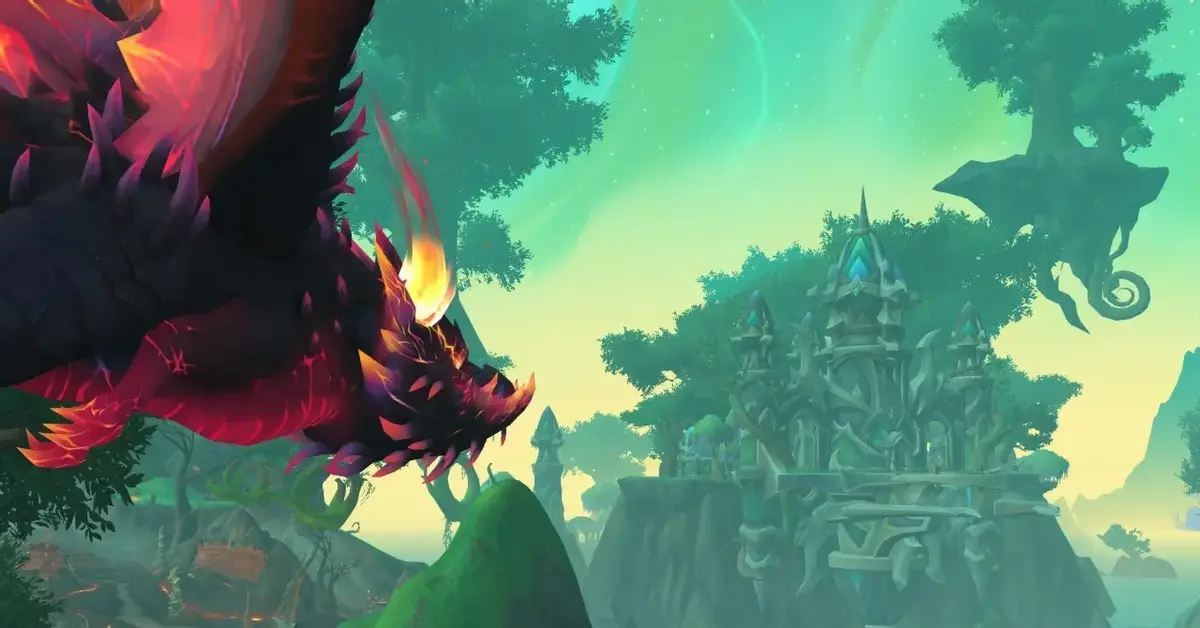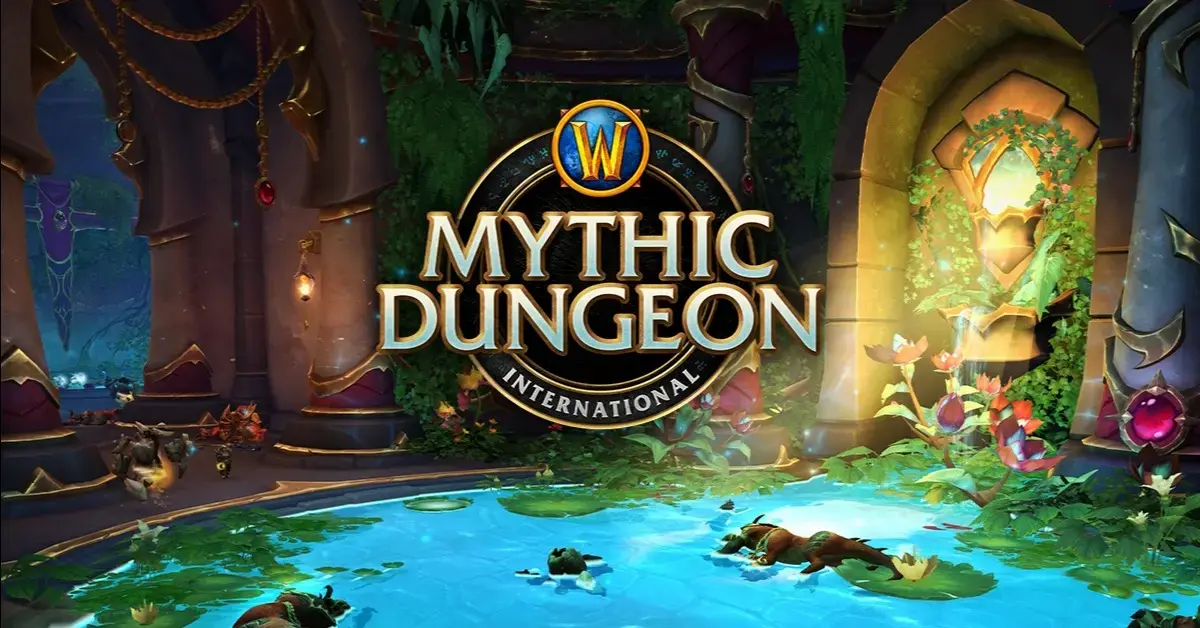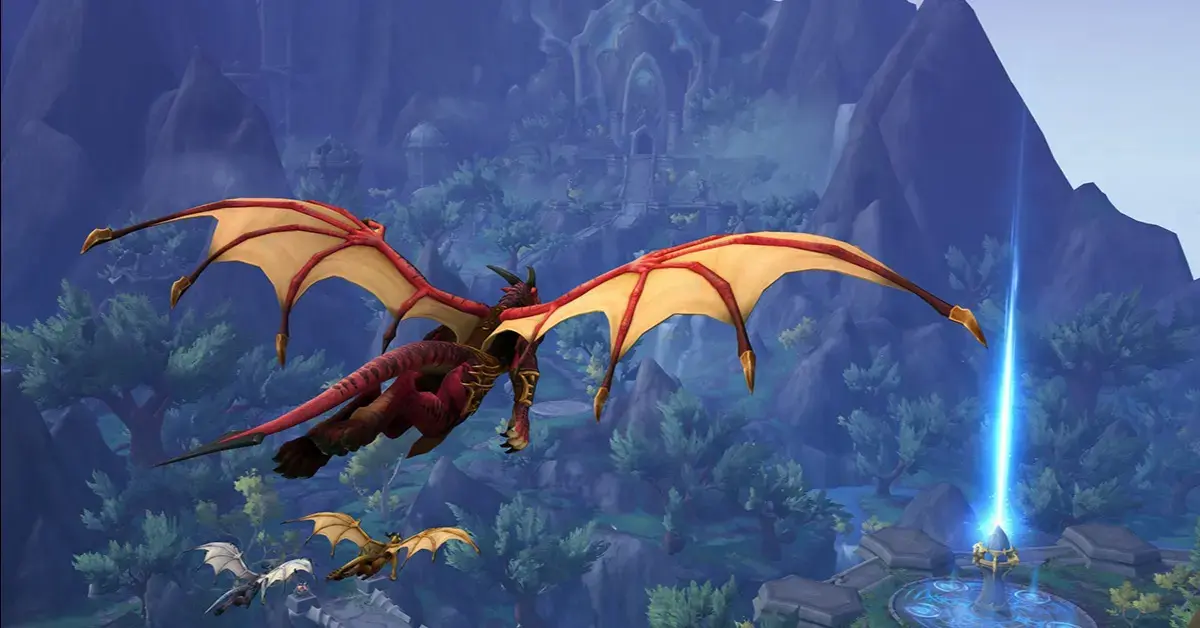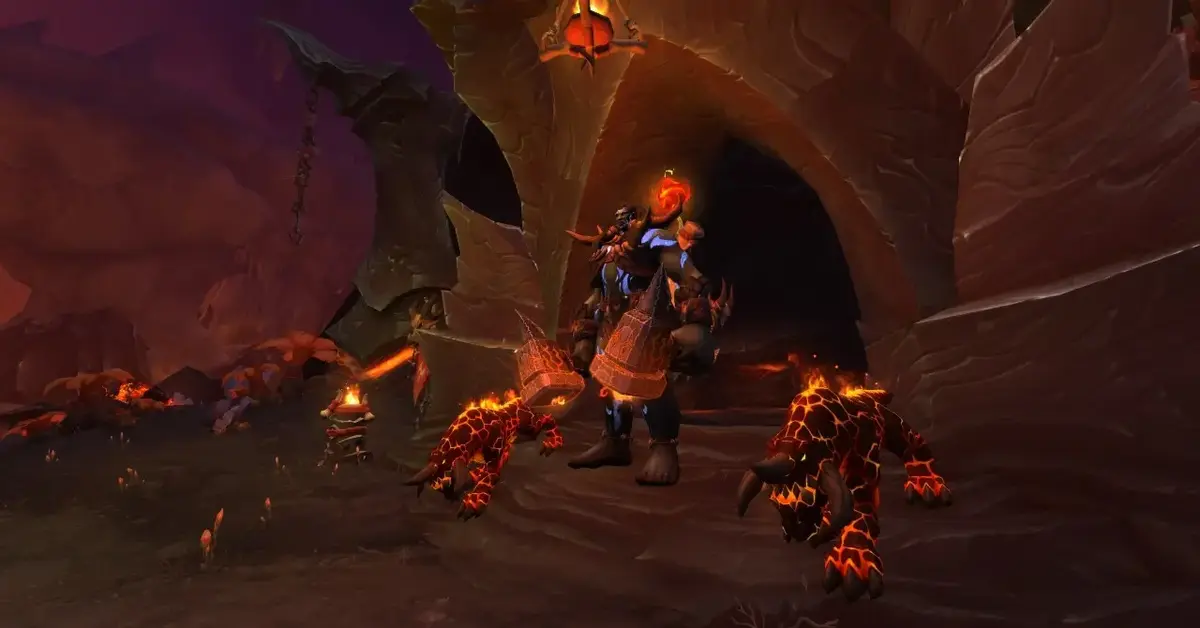WoW TBC Classic Blacksmithing guide
WoW TBC Classic Blacksmithing guide
Greetings Adventurers! We humbly present you with another one of our profession guides for Burning Crusade Classic. In this article we are going to describe in as much detail as necessary the changes and additions that were made with the coming of the new stage of the game. Moreover, we shall present you with what we think to be optimal and economical way of leveling your profession from 300 to 375 with our WoW TBC Classic Blacksmithing guide.
First of all, however, for those who are newer to Blacksmithing as a profession, we are going to offer a short overview, if you are an experienced player, you might still have a glance, but you would probably rather scroll down a few paragraphs.
Now, to start off with the basics, Blacksmithing, similarly as in the real world, is a profession geared towards the players who wish to craft plate and mail armor, as well as weapons, with an addition of some few other items that can enhance the aforementioned items and improve the performance of most classes that deal physical damage.
Crafting weapons and armor requires a large supply of metals, because of that it is often paired with mining, thus making the player who choses this set of professions, more or less self-sufficient when it comes to acquiring materials. However, you might also choose to buy the reagents from the Auction House, or you may decide to use an alt for gathering resources in order to pick another crafting profession. The choice is yours and there is no better or worse way to play the game, so choose one that you are going to enjoy the most.
Other than that, similar to most professions there are no better or worse races to become blacksmiths, nor are there any racial skills that benefit this profession in any way whatsoever. As for classes, since blacksmithing mainly deals with plate and mail armor, classes such as Warriors, Paladins, Shamans, and Hunters are going to benefit the most from having the profession, since there are many products that they can use, while also crafting a lot of special gear for themselves.
As for the changes that came with the new stage that was introduced, the biggest one most likely concerns the specializations that were already present in Classic, but now are somewhat different. First of all, as with most professions, with blacksmithing you can choose one of the following professions as well:
- Armorsmith
- Weaponsmith
Moreover, if you choose to become a Weaponsmith, you have a further choice of sub-specialization awaiting you, the choices are to become:
- Axesmith
- Hammersmith
- Swordsmith
If you want to become an Armorsmith you have to go to Myolor Sunderfury in Ironforge or to Krathok Moltenfist in Orgrimmar, based on which faction you are a part of – Alliance or Horde. Afterwards, they will give you a quest, The Art of the Armorsmith. The quests themselves are not particularly difficult and require the player to bring a few items:
Crafting the items is not necessary, what is important is that you have the items themselves, not how you obtain them. Some of the items that can only be made by Armorsmiths, depending on the phase of the game, for themselves include:
- Breastplate of Kings
- Bulwark of Kings
- Bulwark of the Ancient Kings
- Nether Plate Shirt
- Twisting Nether Plate Shirt
- Embrace of the Twisting Nether
However, if you would rather become a Weaponsmith, you must also speak to Myolor Sunderfury in Ironforge or to Krathok Moltenfist in Orgrimmar, based on which faction you are a part of – Alliance or Horde. They will direct you towards the quest you ought to pick-up, The Way of the Weaponsmith. The quest will require you to bring back a few items:
Having done that you can then choose a sub-specialization by talking to one of the following NPCs in Everlook, Winterspring:
- Seril Scourgebane, who teaches the art of Swordsmithing.
- Lilith the Lithe, who enables players to become Hammersmiths.
- Kilram, whom you should talk to if you want to become an Axesmith.
Each of those professions has certain epic items available to it, depending on the phase of the game, some of them are:
Swordsmithing:
Hammersmithing:
Axesmithing:
All of those specialties offer the craftsmen special recipes which are unique to them. What is different now from Classic is that in TBC all of those recipes are Bind on Pickup, which means that those exclusive and powerful recipes are only useful to those who have the profession to craft them themselves.
However, there is some silver lining to this. First of all, for anyone looking for those treasures of olden days, all Classic recipes that previously required specializations to craft, now have those restrictions lifted from them and can be crafted by any skilled artisan. Nevertheless, what is truly important is that it now is significantly easier to change one’s specialization.
Previously, in order to change a Blacksmithing specialization that was once chosen, the player had to unlearn the profession and all recipes and learn again from scratch which was a painstaking process that few undertook. However, now, all you need to do is visit one of the trainers in Shattrath and pay them 50 gold to change a specialization. You won’t even have to do the quest for the second time when changing a spec. Hence, it is fairly possible to make yourself some epic armor and then go on to make some epic weapons after having your specialization changed.
Other than that, Blacksmiths have also received a few interesting new crafting options, allowing them to enhance weapons, as well as a new set of Runes that can apply a temporary buff to the chest-piece of any player. Some examples of those are:
- Felsteel Shield Spike
- Adamantite Weapon Chain
- Lesser Ward of Shielding
- Lesser Rune of Warding
- Greater Ward of Shielding
- Greater Rune of Warding
The process of crafting might also be a little different to the one known to most players. In TBC a player is required to stand near an Anvil to be able to craft anything. Moreover, a bit like enchanters with their rods, blacksmiths also require a Blacksmith Hammer, that needs to be in the inventory of any artisan that wishes to make anything at the moment, both of which will be necessary for the leveling part of this WoW TBC Classic Blacksmithing guide.
WoW TBC Classic Blacksmithing leveling guide
Designing this WoW TBC Classic Blacksmithing guide, we strived to determine a path which allows the players to level-up in an efficient and economical way. As such, for the majority of the servers it should not be overly expensive, even if you are planning to buy the necessary materials off of the Auction House.
It is important to note that, as you may see, when you open the Blacksmithing window the recipes are going to be shown in different colors – orange, yellow, green, and gray. These indicate how likely you are to get a skill-up upon completing the recipe – from the first one which guarantees an increase in skill points, to the last one which means that you are not gaining any experience from crafting this recipe.
Generally, it is optimal to craft only orange recipes all the time. However, that is not possible, or even more so, not feasible or profitable. Hence, the numbers and amounts you see in this guide are not going to always be precise and you may need to get a few more reagents depending on how lucky you get.
Without further ado, to begin with the actual WoW TBC Classic Blacksmithing guide and your path from 300-375. First of all, you want to begin by making Fel Weightstone to get to 305. Each one of those requires:
Afterwards, you can choose whether you want to make Fel Iron Plate Gloves or Fel Iron Chain Coif, they require the same materials, and both are learned recipes so choose whichever you like to get to 310. Each of those will cost you:
Having done that, start making Fel Iron Chain Gloves, these are fairly cheap and will take you to 320 while remaining orange. Making each of those gloves will require:
Next, you should make some Fel Iron Chain Bracers. To get to 325. This trained recipe costs:
Following that, you will now work on Lesser Rune of Warding until you get to 335, which means you are taking this recipe until it becomes gray, which doesn’t sound as a most efficient idea, but the alternatives are still nowhere near as cheap with the cost of a single one being:
Upon completing the previous step you can now craft one of the following: Adamantite Dagger or Adamantite Cleaver. Both of the recipes have to bought from the vendor, fortunately, it is the same vendor. You can buy them from either, Arras in Exodar, Eriden in Silvermoon or Aaron Hollman in Shattrath City. The choice is up to you, the difference being the materials required so it depends on what you find easier to aquire:
Adamantite Dagger requires:
Adamantite Cleaver needs:
Afterwards, comes the last of the easier steps. To hit 350, you will be making some Lesser Ward of Shielding, this is another recipe that is purchased from the vendor, which is sold by Arras in Exodar and Eriden in Silvermoon. Moreover, do not be concerned with the recipe becoming green, it is still the most economical way, since each combine requires only:
Afterwards, you are presented with a few optimal choices depending on the reputations you have obtained thus far. The best option, if you are Honored with Cenarion Expedition is to make some Adamantite Weightstone, since each of those requires only:
Alternatively, if that is not the case – first make 5 Adamantite Rod to hit 355. Each of those will cost you:
Then to get to 360, you want to make some Felsteel Whisper Knives, which require:
Having done that, for the last step you have a few options. First of all, you can try your luck in Auchenai Crypts and try to get Plans: Felsteel Gloves, which may drop from Auchenai Monk mobs. This recipe can be taken to 375 and making each Felsteel Gloves requires:
Other options are reputation related:
You can get Honored with the Aldor or Scryers to get either Flamebane Gloves or Enchanted Adamantite Boots, depending on the faction of choice, both of which can get you to 375. The material requirements for those are:
As a last option, you can also get Exalted reputation with Honor Hold or Thrallmar depending on your faction and get plans for Felsteel Shield Spike, which can also get you to 375. Making one of those will cost you:
Assuming you have followed all the above-mentioned steps, you should be now a proud master of blacksmithing. Congratulations on completing out WoW TBC Classic Blacksmithing guide and have fun with your newly acquired profession.
Blacksmithing Trainer
One of the important things to remember when it comes to professions is that they also have certain ranks, these are: Apprentice, Journeyman, Expert, and Artisan, and now the new Outland Blacksmithing rank – Master, which is going to require visiting special trainers to obtain. This will be especially important if you want to follow our WoW TBC Classic Blacksmithing guide since during the leveling of the profession you do need to upgrade these ranks in order to be able to gain more skill as well as learn new recipes.
The new trainers added in the Burning Crusade are:
- Miall, who can be found in Exodar, at 60.6, 89.6
- Bemarrin, located in Silvermoon City at 79.6, 39.6
Moreover, to learn Master Blacksmithing, between level 300-375, you will need to visit one of those new trainers:
- Humphry, in Honor Hold, Hellfire Peninsula, who is the Outland Blacksmithing trainer for the Alliance.
- Rohok, in Thrallmar, Hellfire Peninsula, who helps the Horde players learn their blacksmithing skills.
- Zula Slagfury, in Shattrath City, who is an armorsmith trainer available to both sides of the conflict.
- Kradu Grimblade in Shattrath, who is a neutral weaponsmith trainer in Outland.
Thank you for taking time and interest in our ultimate guide to WoW TBC Classic Blacksmithing guide and we wish you great adventures and many crafts, Adventurer!



